Last week, I attended a celebration for B corps in Colorado. These are for-profit companies certified by a nonprofit called B Lab for achieving social and environmental goals along with business ones. What I noticed differently from other discussions among B Corps in the past, was a stronger focus not only on this vibrant community of like-minded business people — there are now more than 1000 B corps in the US, including Patagonia, Etsy, and Seventh Generation, and dozens in Colorado, including New Belgium Brewing, GoLite, and Teatulia.
I also noticed folks talking about the B corp community as an economic network. Continue reading “B Corp As A Competitive Edge?”










